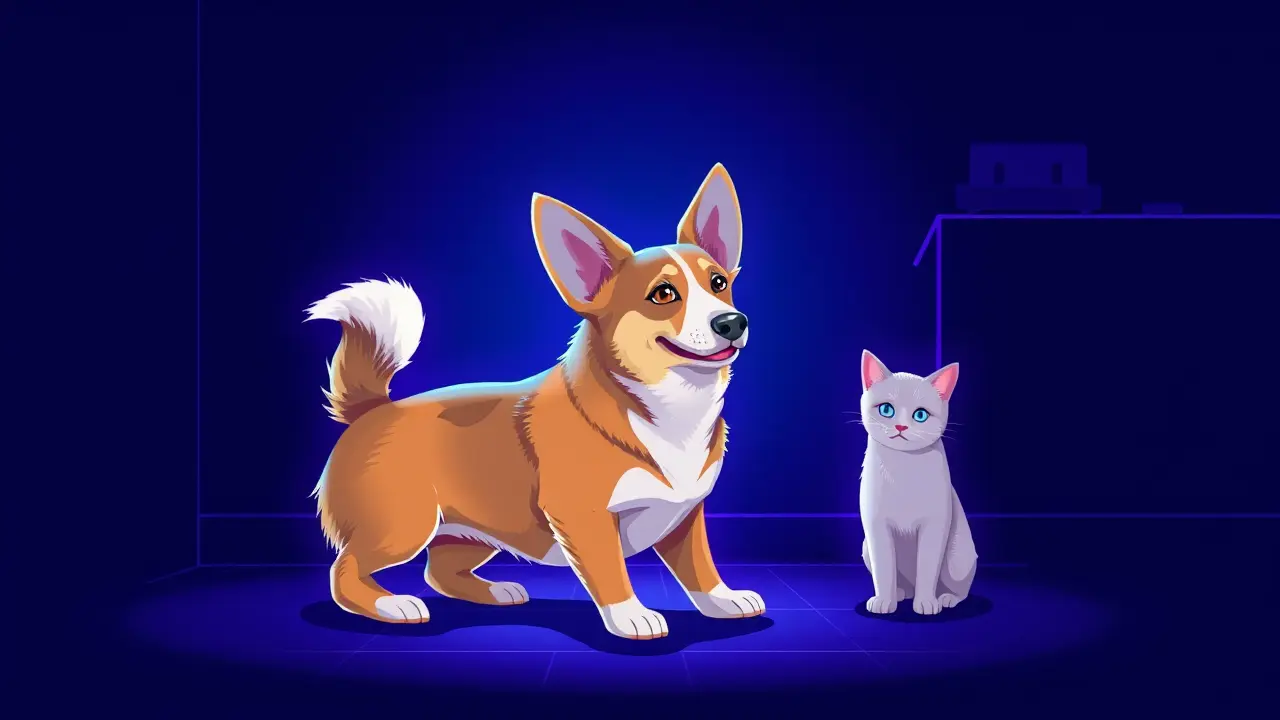Gemini in Google Home Keeps Mistaking My Dog for a Cat
My dog, a rather dignified corgi mix named Barnaby with a distinct penchant for chewing on slippers and barking at delivery drones, has become the unwitting subject of a minor technological farce playing out in my smart home, a saga where Google's new Gemini AI assistant, which was supposed to herald a new era of seamless domestic harmony, has instead launched a persistent and frankly bewildering campaign of misidentification, repeatedly and confidently referring to my beloved canine companion as a cat. This isn't a one-off glitch; it's a recurring theme, a digital identity crisis that unfolds daily.I'll be in the kitchen, attempting to command the ambient intelligence that now governs my lighting, and say something perfectly reasonable like, 'Hey Google, turn on the living room lamp for the dog,' only to be met with a chirpy, synthesized confirmation: 'Okay, turning on the living room lamp for the cat. ' Barnaby, upon hearing this, usually stops his vigorous tail-wagging mid-air and fixes the nearest speaker with a look of profound, furry insult, as if to say, 'Do I look like I spend my days napping in sunbeams and knocking things off tables? I have a bark, for goodness' sake!' The irony, of course, is layered and rich.Here we are, in the purported golden age of artificial intelligence, where large language models can draft sonnets and generate photorealistic images of astronauts riding horses, yet the fundamental sensory task of differentiating a quadruped with a wagging tail from one with a penchant for purring remains an insurmountable challenge for the silicon brain now embedded in my home. This goes far beyond a simple programming error; it touches on the very nature of how these AIs are trained and the sometimes comical gaps in their worldly understanding.They are trained on vast, impersonal datasets of images and text, but they lack the lived, tactile experience of, say, the difference between the enthusiastic, slobbery greeting of a dog and the aloof, calculated rub of a cat against your leg. It’s the difference between reading a thousand descriptions of a sunset and actually feeling the day's warmth fade from your skin.The consequence is a kind of digital uncanny valley for pet ownership, where the technology gets the macro task right—it correctly identifies that there is a small, furry creature in the room worthy of a dedicated lighting scene—but fails spectacularly at the micro, the essential detail that defines the creature's very essence. And yet, amidst this ongoing campaign of species-based slander, the system performs other, more mundane tasks with flawless, almost eerie precision.The lights do turn on and off on command, the thermostat adjusts to my preferred 'cozy sweater' setting without a hitch, and my shopping list is maintained with robotic efficiency. This creates a bizarre dichotomy in user experience: on one hand, you have a powerful automaton managing your domestic infrastructure with cold, calculated competence; on the other, you have that same entity seemingly blind to the basic biological taxonomy of your family members.It’s like having a brilliant but eccentric butler who can perfectly pair wine with a five-course meal but consistently forgets your name and calls you 'Susan'. This specific failure mode opens up a broader conversation about the future of ambient computing and AI integration.As these systems move from our phones and laptops into the very fabric of our living spaces, their failures become more personal, more intimate. A misidentified photo in a cloud album is one thing; a daily misnaming of a beloved pet by the voice that controls your home environment is another.It erodes trust in a subtle way. If the AI can't get this simple, visceral fact right, what else is it misunderstanding about my life, my routines, my intentions? The engineers at Google likely see this as a low-priority edge case, a quirky bug to be patched in a future update.But for the user, it's a constant, low-grade reminder that the intelligence we are inviting into our homes is still profoundly alien, operating on a set of logical parameters that don't always align with the messy, emotional reality of human—and canine—existence. So, for now, Barnaby and I have reached an uneasy truce with our new digital housemate. The lights come on automatically, casting a warm glow on his decidedly un-feline form, and I am left to ponder a future where our animal companions must suffer the indignity of being digitally misclassified for the sake of our convenience, a small but telling price for living in a smart home that isn't quite smart enough to know its residents.
It’s quiet here...Start the conversation by leaving the first comment.
© 2025 Outpoll Service LTD. All rights reserved.
